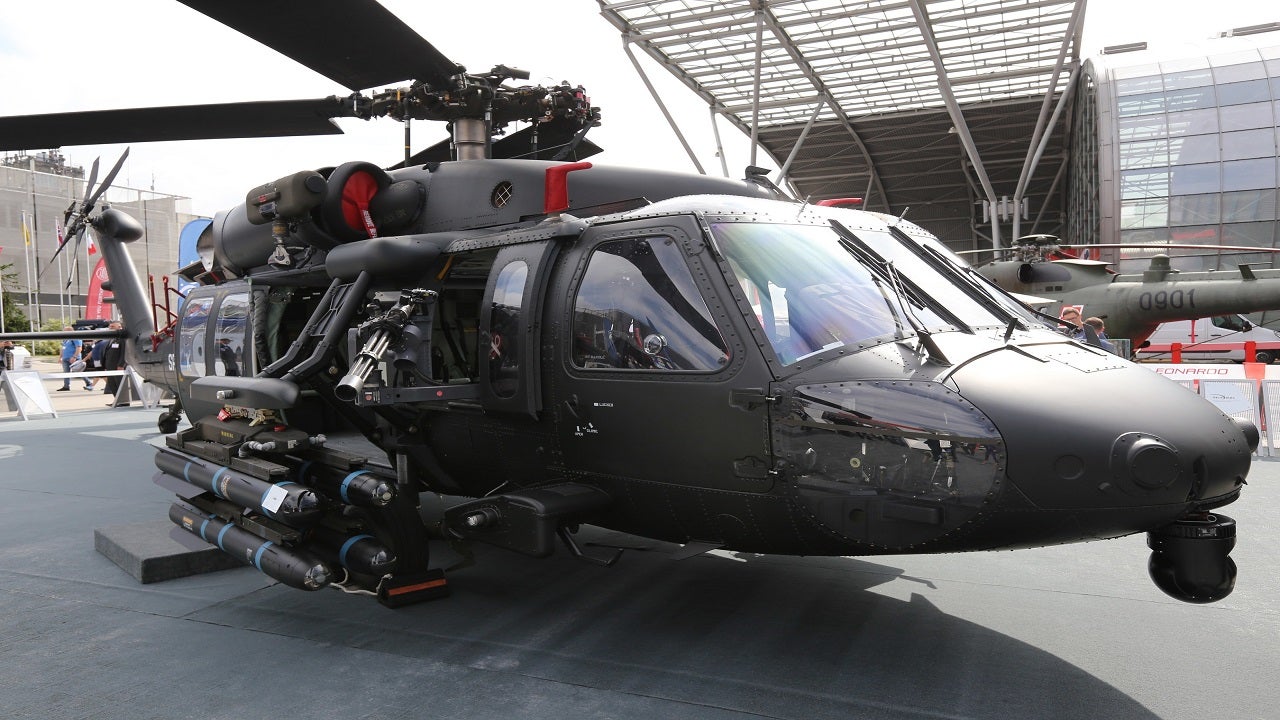Revealing the Sikorsky S 70: Technologies and Breakthroughs in Helicopter Design
Modernized Vertical Lift Platform With Advanced Compound Structures and Enhanced Safety Procedures
In the world of upright lift platforms, a significant shift in the direction of innovation has been observed, driven by the combination of advanced composite frameworks and enhanced safety and security measures. In checking out the merging of innovation and security in modern lift platforms, a compelling story emerges, showcasing the capacity for transformative advancements that cater to the ever-evolving needs of industrial fields.
Development of Upright Lift Platforms

The development of upright lift platforms can be mapped back to standard wheel systems and early elevator styles. In time, technologies such as hydraulic systems, electric motors, and advanced control devices have actually significantly enhanced the efficiency and safety and security of these systems. Manufacturers have likewise focused on enhancing the stability, reach, and load-bearing abilities of vertical lift systems to fulfill the diverse needs of various markets.
Furthermore, the assimilation of smart technologies like sensors, IoT connectivity, and automation attributes has further changed the capabilities of modern vertical lift systems. These technical enhancements not just boost operational productivity but also ensure increased safety and security standards for workers utilizing these platforms at numerous heights. The continuous development of vertical lift systems highlights their crucial duty in improving vertical wheelchair across markets.
Assimilation of Advanced Compound Structures

In addition, using advanced composite materials enables even more facility and maximized structural designs, enabling engineers to tailor the platform's residential properties to fulfill specific performance requirements. This customization can result in enhanced aerodynamics, decreased vibrations, and improved general security during operation. The integration of sophisticated composite frameworks likewise adds to a reduction in maintenance costs and downtime, as these materials exhibit excellent resistance to environmental factors and have a longer solution life contrasted to standard products. Generally, the consolidation of advanced composite structures in modern-day upright lift systems represents a significant development in aerospace technology, leading to extra reliable, trustworthy, and much safer aerial transportation systems.
Improved Safety Procedures Implementation
Applying enhanced precaution is essential in making sure the optimal efficiency and reliability of contemporary upright lift platforms. These procedures incorporate a variety of approaches focused on mitigating dangers and boosting overall security criteria. One essential facet of improved safety steps is the assimilation of advanced sensor innovations to check numerous parameters in real-time. By making use of sensing units for features such as structural wellness tracking, lots monitoring, and ecological picking up, potential threats can be recognized early, enabling aggressive maintenance and corrective actions.

Market Applications and Advantages
With improvements in technology and engineering, updated upright lift systems have actually located varied applications throughout numerous sectors, supplying significant benefits in efficiency and efficiency. The building and construction sector advantages from upright lift systems by making it possible for workers to access elevated areas safely and efficiently, improving overall project timelines.
Furthermore, vertical lift platforms play an important function in the maintenance and repair service of framework such as bridges, high-voltage line, and structures, enabling specialists to reach unattainable areas easily (sikorsky s 70). The air travel industry also leverages these systems for airplane maintenance and assembly tasks, boosting operations effectiveness and guaranteeing employee safety at elevations. Generally, the extensive adoption of up-to-date upright lift platforms across industries highlights their flexibility and the considerable renovations they offer different operations
Future Trends in Lift System Innovation
Including innovative automation and smart attributes, lift system innovation is positioned to change upright transport systems in the close to future. One crucial pattern is the combination of Web of Things (IoT) innovation, enabling lift platforms to connect real-time information for anticipating upkeep, enhancing performance, and enhancing safety. As lift system modern technology proceeds to advance, these patterns are set to shape the future of upright transportation, making it much more effective, safe, and user-friendly.
Verdict
Finally, the modernized vertical lift system showcases the evolution of modern technology in the market. By incorporating sophisticated composite additional hints frameworks and improved precaution, this platform uses enhanced performance and safety for numerous applications. The sector can benefit considerably from these developments, and future trends in lift platform innovation are likely to proceed improving upon these developments for even greater success and performance.
In the realm of upright lift platforms, a substantial shift towards innovation has been observed, driven by the combination of innovative composite structures and increased safety and security steps. The constant advancement of vertical lift platforms dig this highlights their indispensable function in boosting upright mobility across markets.

The unification of advanced composite frameworks in modern vertical lift platforms has actually dramatically enhanced their structural stability and efficiency capacities. By incorporating these advanced composites into the design and building of upright lift systems, makers can lower total weight, increase load-carrying capacity, and enhance the platform's sturdiness and durability.
Carrying out improved safety and security actions is important in guaranteeing the ideal performance and reliability of modern vertical lift platforms.